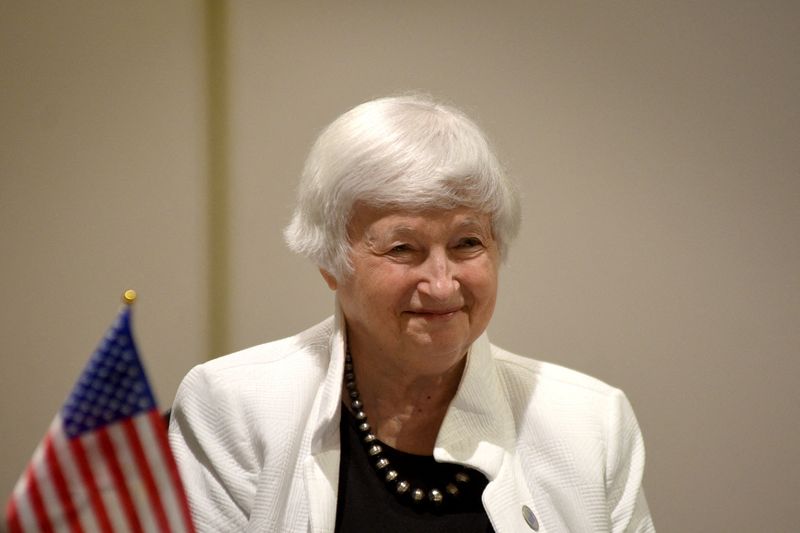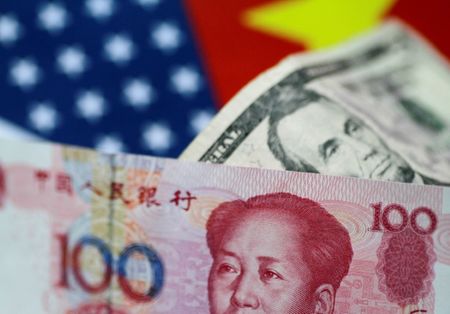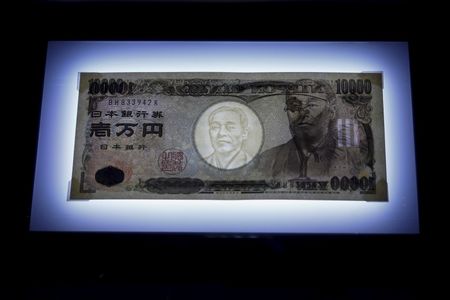USDJPY is moderately declining as investors await key US inflation data. These indicators could provide some clues on the Fed’s future monetary policy.
At the same time, the currency pair traded near the level of 157.50. Market participants believe that this level triggered the last two rounds of intervention by the Bank of Japan (BoJ).
According to the Fed’s Beige Book, economic activity in the US continued to grow from early April to mid-May, and inflation growth was moderate. At the same time, companies have become more pessimistic about the future due to weakening consumer demand.
Investors are now awaiting the April reading on the Personal Consumption Expenditures price index, the Fed’s preferred inflation gauge. This data will be released on Friday.
Traders’ bets signal growing skepticism that the Fed will cut rates more than once in 2024. According to the CME FedWatch Tool, the market participants are currently pricing in about a 61% chance of a rate cut by November.
The yen’s sustained weakness is caused by the wide gap between BoJ and Fed rates. This has led to a withdrawal from the yen into assets with potentially higher yields, requiring further consideration of the right level for intervention for the third time this year.
From the technical point of view, the USDJPY pair is forming an uptrend on the D1 timeframe. A pullback from the key level of possible intervention of the BoJ at 157.50 creates conditions for selling. Divergence of the RSI (standard values) on the H4 timeframe signals a possible change in the currency pair’s direction towards the channel support.
Signal:
The short-term outlook for the USDJPY pair is to sell.
The target is at the level of 154.00.
Part of the profit should be fixed near the level of 155.70.
The Stop-loss could be placed at the level of 158.80.
The bearish trend is of a short-term nature, so it is suggested to limit the trading volume to no more than 2% of your capital.




